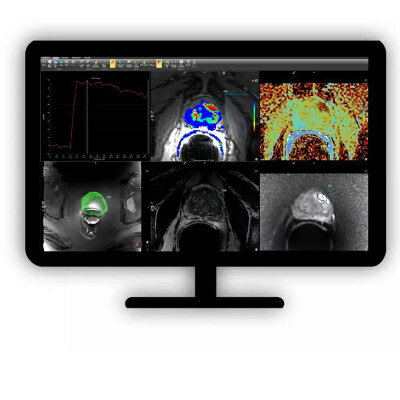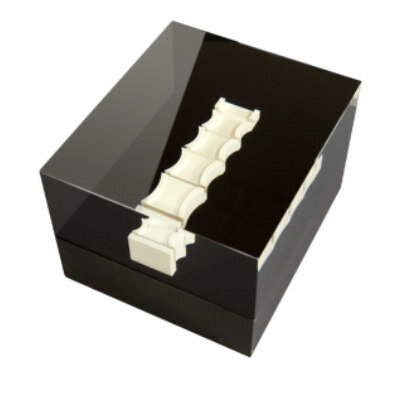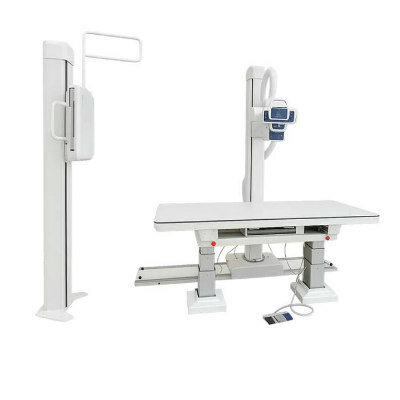Angiographic Navigation System Provides Reduced Radiation Dose for Catheter Interventions
By MedImaging International staff writers
Posted on 19 Sep 2011
New angiographic navigation technology has been developed that incorporates a medical positioning system to localize compatible devices without radiation as overlay on a prerecorded angio-scene with high accuracy. This has the potential to reduce dose for lengthy procedures by eliminating the need for patients to undergo continuous fluoroscopy in order to track the catheter. Posted on 19 Sep 2011
Siemens Healthcare (Erlangen, Germany) has integrated the navigation technology MediGuide from St. Jude Medical (St. Paul, MN, USA) into its Artis zee angiography systems. The technology is also available as an upgrade for a number of existing Artis zee floor-mounted and biplane systems and the Axiom Artis dFC and Axiom Artis dBC.
The MediGuide Technology uses a special electromagnetic tracking procedure to determine the position of medical devices during minimally invasive interventions. A miniaturized sensor incorporated into a catheter can be located by receiving electromagnetic positioning signals from MediGuide transmitters found in the Artis zee’s detector housing. MediGuide then calculates the position and orientation of the catheter and displays it in real-time on previously acquired fluoroscopic images from the patient. In order to display the catheter’s position precisely, the technology also compensates for patient movement caused by respiration and heart motion.
“Siemens is the first to integrate MediGuide technology into its systems, demonstrating our ongoing commitment to lowering dose via our CARE initiative,” said Jane Whittaker, UK angiography business manager at Siemens Healthcare. “The MediGuide technology may provide significant benefits especially during longer interventions or examinations in the cath lab as the cardiologist does not need to take fluoroscopic images of the patient each time the catheter is repositioned. As a result, less dose is experienced and less contrast agent used.”
The Heart Center Leipzig (Germany) has already performed the first interventions with the Artis zee and MediGuide technology. “The low-radiation, precise localization of the catheter tip onto the prerecorded fluoroscopy image is a most impressive function, because the system is able to compensate the motion from heart beat and breathing,” said Prof. Dr. Gerhard Hindricks, director of the rhythmology department. “For my team and me, this is clearly the future in electrophysiology.”
Dr. Christopher Piorkowski, MediGuide project team leader at the Heart Center Leipzig, added, “Our clinical experience now includes more than 50 patients. The technology will have a significant impact in the field of catheter ablation, but also for the placement of left ventricular leads for cardiac resynchronization.”
Related Links:
Siemens Healthcare
St. Jude Medical














